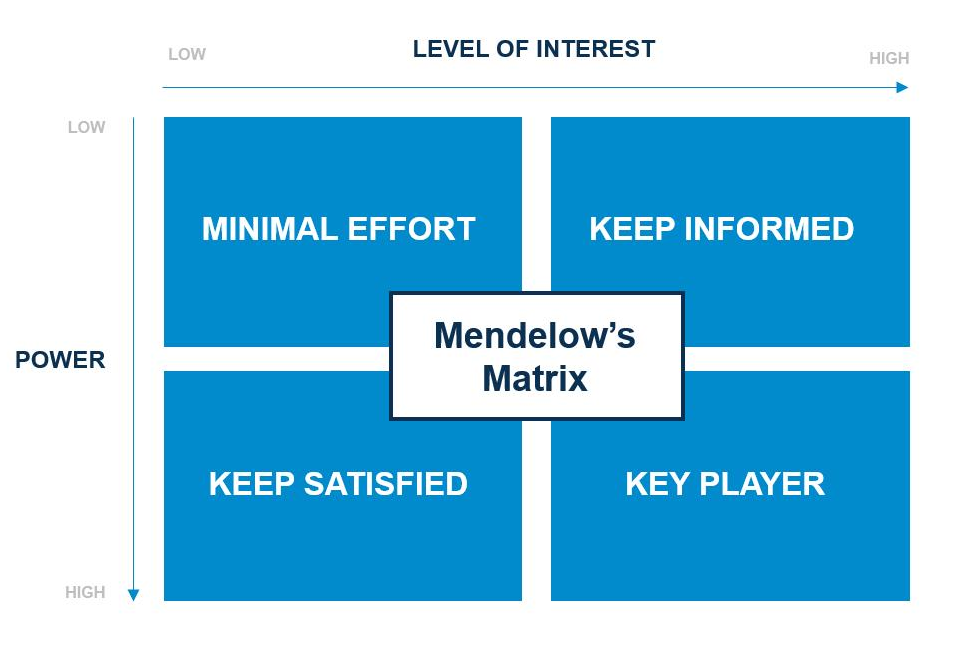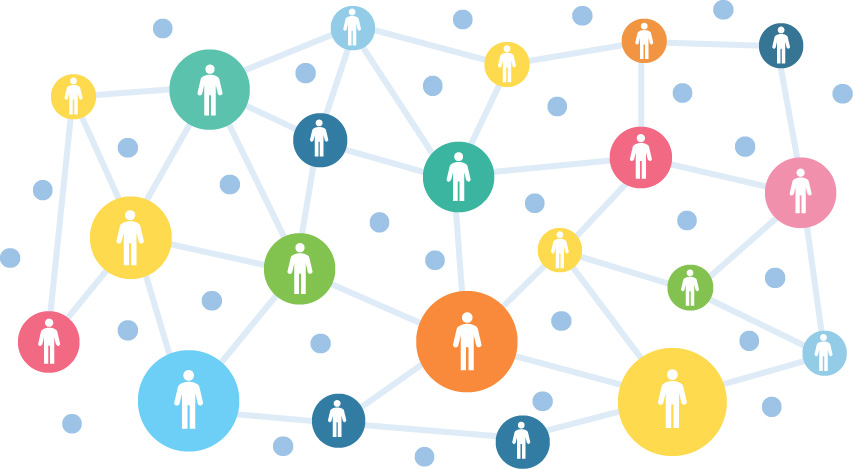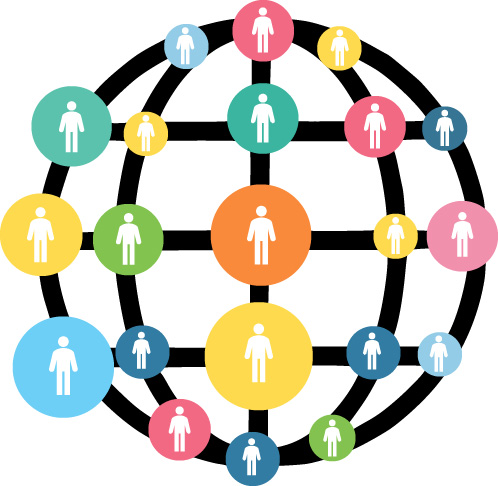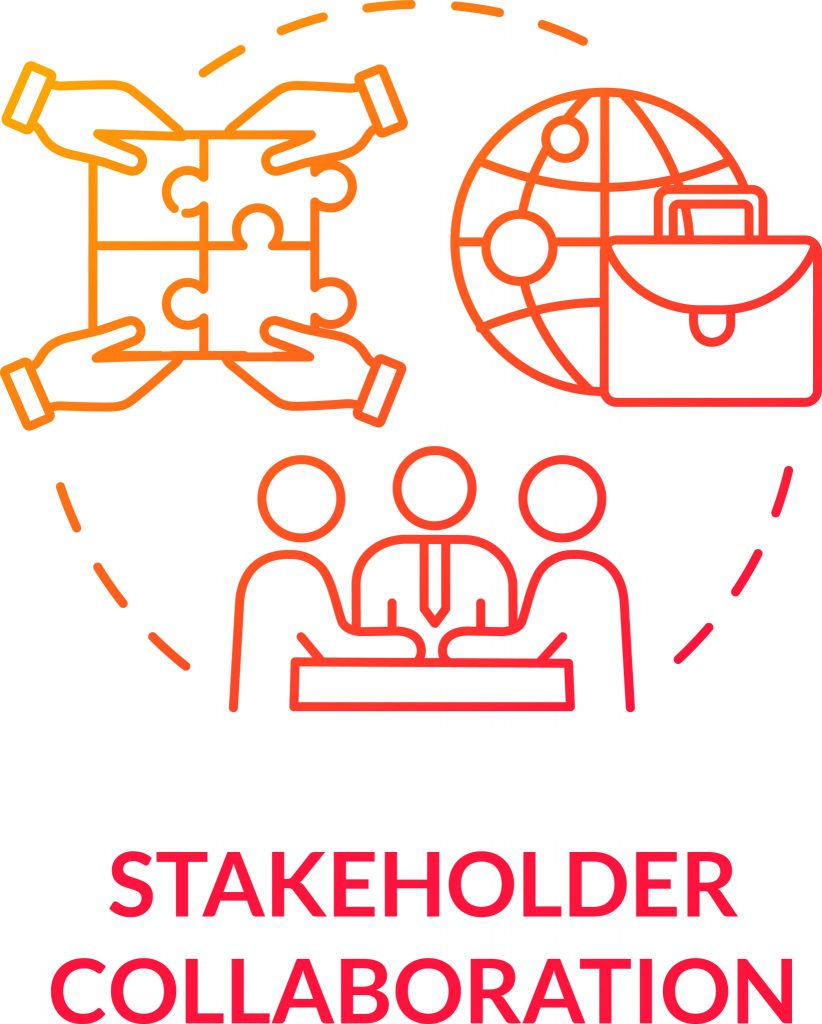Published on 29/06/2021 by Hans Van de Velde | Categories: Business, Microsoft Dynamics 365
Gaining insight into the various stakeholders and developing stakeholder relationships into more sustainable relationships, that’s a challenge for many organizations.
If you’re looking for effective tools for Stakeholder Relationship management, then this article is for you. We provide an overview of what is important to make a good choice. But first we clarify what we mean by “stakeholder relationship management”.
Stakeholder relationship management is important for any organization that has objectives where an individual, group or organization has a (potentially) significant impact on the desired results. This may include politicians, opinion leaders, (local) companies, local residents, environmental groups, pressure groups, committees, etc.
The way you manage stakeholder relationships can make… or break the success of your activity or program. Thanks to effective stakeholder relationship management, you can make it a success.
The core of stakeholder relationship management includes the following aspects:
Stakeholder identification means making a list of who the stakeholders are.
It is important not to overlook any (group of) stakeholders.
During the stakeholder analysis, you map out the influence and interests of the stakeholders.

Usually you cannot approach all stakeholders in the same way if expectations and/or requirements are different. By analyzing and categorizing stakeholders, you can create segments. That is the basis for tailoring your approach to the different target groups. It can also be interesting to map out the relationships between stakeholders. Who knows who? And who influences whom?
After you have defined the segments of your target group, you can purposefully work on the relationship with your stakeholders. Typical for stakeholder management is that the approach to stakeholders is very diverse; depending on the sensitivity of the matter, the number of people per group, etc. For example, you can invite one target group for an information moment, while it is better to send a letter or email to another target group, or while it is best to approach key persons individually. Often there are also different procedures to follow. For example, answering a question may differ from handling an official complaint or legal procedure.
Good planning and follow-up of the stakeholder approach is the key to success. That is why a good software tool is important to be able to do this as efficiently as possible. For example, we think of:
Good stakeholder relationship management tools provide the necessary reporting options to review the results of executed activities:
You can then draw conclusions from these reviews and reports for follow-up activities to build, maintain and improve relationships.

An overview of criteria for good business software for stakeholder relationship management.
The better the possibilities to classify people, organizations and groups, the better you can create segments to tailor your message to your target audience.
The ability to map hierarchical organizational structures is often indispensable. If you can link every department or team to the parent level, then a hierarchical structure of an infinite number of levels becomes possible. A hierarchy of more than 5 levels is not exceptional in government organizations, but it is also important for holding companies, nonprofit organizations, etc. to be able to map out the hierarchical structure of the organization.
This is about the possibility to centralize all core information about stakeholders into one 360° view. You can then create segments based on all properties and on the behavior (interactions), in order to communicate purposefully. For example, the selection of local residents who live in streets X, Y & Z, and who were present at a specific information event. This is very useful if you are planning a targeted communication campaign or if you want to organize an event and invite these people.
Digital marketing tools allow you to track who has received and viewed information. But, if the data from these interactions resides only in a separate application, then of course it is not very useful for that 360° view on the stakeholder.
Omnichannel communication is absolutely no longer a luxury, but a basic requirement. It must be possible to centrally collect and handle communication that comes in via email, chat, website, online surveys, social media (Facebook, LinkedIn) and telephony.
You must be able to automate outgoing communication via email, letters and social media. For example, through automatic email flows that differ depending on the recipient’s previous interaction.
Of course, you must also be able to centralize and systematically handle incoming questions or complaints via different channels (website, telephone, letter). It is interesting to be able to intelligently route each “case” to the appropriate employee. Moreover, it is also very useful if the software tool can automatically match the content of the case with an available knowledge article and/or with similar cases.

You sometimes manage sensitive information about individuals and organizations. That’s why it’s important that you can set up access to that information so that no one can see more information than the information needed to do their job. Your business application must meet the strictest requirements in the field of information security and privacy (GDPR).
An event organization tool is very useful to organize events such as info moments. You should at least be able to invite people, register them via an online form and register attendance. Naturally, these event management capabilities must also be fully available for online (or hybrid) events.
There is no shortage of survey tools for collecting opinions or information. But if survey data is not centrally linked to the stakeholder, the value of the collected information is limited. With a survey tool that is integrated into your CRM application, you can send the survey automatically and then have the answers linked directly with the right contact person and the organization in CRM. This way, the 360° customer view is completed and it is easier to follow the feedback and the evolution per contact person and per organization.
Information about individuals and organizations is constantly changing. It is therefore interesting to update information automatically through a link to a reliable source of information.
With a data integration you automatically keep your CRM database up to date. This minimizes errors in communications due to outdated data.
You may want to make it possible for stakeholders and/or external employees to access specific information to a portal website. You can save a lot of time and resources by including this possibility in the choice of technology.
For example, an online platform where people can ask advice to experts who answer questions online. Another example: a website to proactively share information with local residents about planned infrastructure works & to collect feedback from those local residents.

The standard out-of-the-box apps in Microsoft Dynamics 365 and Power Platform contain everything that an organization might need for stakeholder relationship management. From omnichannel communication in Dynamics 365 Customer Service to marketing automation in Dynamics 365 Marketing and data analytics in Power BI.
Stakeholder relationship management differs greatly from organization to organization. The flexible adaptability of Dynamics 365 and Power Platform is therefore a big advantage. Thanks to Microsoft’s ecosystem of business applications, you simply cannot get stuck. All business apps are fully integrated and modular, so you can pick the components that you need. Moreover, you are always flexible to add apps to your digital work environment in the future. This is particularly interesting if you wish to expand your business information system with a Power Apps portal or with mobile applications to exchange information with stakeholders, for example.
Don't get caught up in choosing the wrong stakeholder relationship management application!
Talk to us about the possibilities of Microsoft Dynamics 365 & the Power Platform.
Do you want to stay informed of all CRM tips and trends and news about Microsoft Dynamics 365 & Power Platform? Register now and receive all useful information in your mailbox every month. Stay tuned!